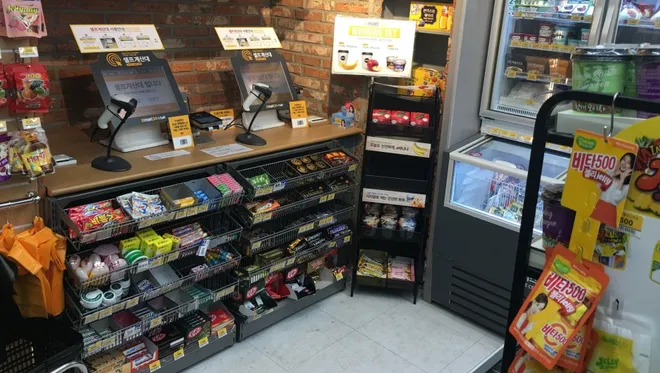retail real estate is crucial for business success, and this is especially true for convenience stores (c-stores). These stores thrive on location, providing quick access to everyday essentials. This article explores key factors and trends in c-store real estate, offering insights into how strategic site selection and adapting to market trends can drive success.
Importance of Location in cstore Success
High-Traffic Areas
High-traffic areas significantly impact footfall and sales for c-stores. Locations near busy intersections, schools, or residential neighborhoods attract more customers, leading to higher sales. For example, a c-store located at a bustling downtown corner can serve hundreds of customers daily, boosting its profitability.
Accessibility and Visibility
Accessibility and visibility are crucial for attracting customers. Stores that are easy to access from major roads and have ample parking see more foot traffic. For instance, a c-store with clear signage on a main road is more likely to attract passersby than one tucked away in a less visible location.
Demographic Considerations
Understanding local demographics is vital for site selection. A c-store in a neighborhood with many young families will stock different items than one in a college town. Tailoring the product mix to the local population ensures the store meets community needs, enhancing its appeal and success.
Key Factors in Site Selection for C-Stores
Traffic Patterns
High visibility and accessibility are crucial for selecting c-store sites. Locations with high vehicular and pedestrian traffic ensure a steady stream of customers. Stores with convenient entry and exit points and ample parking spaces see more frequent visits.
Demographic Analysis
Understanding the target customer base is vital. Analyzing local population characteristics, such as age, income, and lifestyle, helps tailor offerings to meet community needs. Market research tools provide insights into these demographics, guiding site selection decisions.
Competition
Analyzing the competitive landscape is essential for strategic positioning. Being close to competitors can be a double-edged sword. While it can drive traffic to the area, it can also mean sharing customers. Strategically positioning c-stores in underserved areas can maximize profitability.
Zoning Regulations
Compliance with local zoning laws is a must. Ensuring the site meets all regulatory requirements and obtaining necessary permits are crucial steps in the site selection process. Failure to comply can result in delays or even closure.
Future Growth Potential
Anticipating future development and population growth ensures long-term viability. Sites with potential for future residential or commercial development offer opportunities for growth. Selecting such locations ensures the c-store remains profitable as the area evolves.
Role of Technology in C-Store Real Estate
GIS and Data Analytics
GIS and data analytics help identify optimal sites by analyzing various factors like traffic patterns and demographics. Predictive analytics also aid in understanding consumer behavior and trends, allowing for strategic site selection and product offerings.
Virtual Tours and Online Platforms
Virtual tours and online platforms streamline site evaluation, making the process efficient and cost-effective. These tools allow for remote site assessments, saving time and resources while ensuring thorough evaluations.
Enhancing Customer Experience
Technology enhances store operations and customer experience. Innovations like mobile payments and self-checkout systems cater to tech-savvy consumers, making shopping quicker and more convenient.
Adapting to Urbanization
Urban Expansion
Expanding into city centers and densely populated areas offers significant opportunities. Optimizing store formats for smaller urban spaces and catering to the needs of urban consumers are critical strategies. For example, a compact c-store in a busy downtown area might focus on quick, grab-and-go items.
Curated Product Mix
Catering to urban consumer needs involves curating a product mix that includes essentials like ready-to-eat meals and everyday items. This approach ensures the store meets the unique demands of city dwellers.
Fast Service and Technology Integration
Adopting mobile payments and self-checkout systems caters to the busy lifestyles of urban residents. These innovations make shopping more efficient and attract tech-savvy customers.
For more insights on cstore and retail real estate, visit Lawrence Todd Maxwell’s site and connect with him on LinkedIn.













